Vikram is a lander of the Indian Space Research Organisation (ISRO) Chandrayaan-3 mission, operating in tandem with an orbiter.
Just three days after landing on the Moon, the lander's Interstellar Seismic Activity (ILSA) instrument picked up a clear signal of tremors from deep within the moon, which ISRO said was most likely an earthquake.
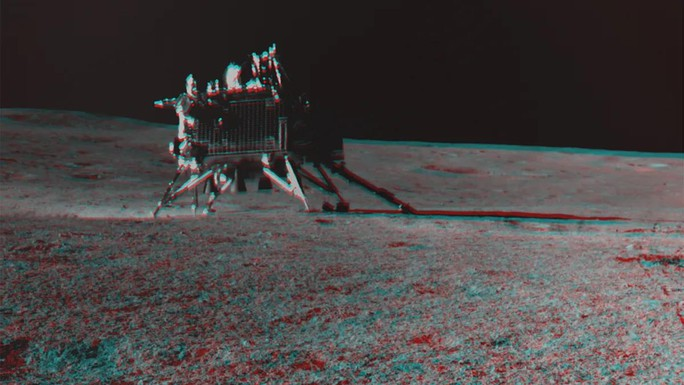
The Indian spacecraft Vikram just landed on the Moon on August 23. (Illustration photo: ISRO)
This discovery is extremely important because after a NASA Apollo spacecraft first recorded signs of lunar seismic activity in the 1970s, the celestial body returned to a state of complete silence despite close monitoring by a series of later-generation spacecraft.
If confirmed, the evidence that the Indian spacecraft has just collected will not only help confirm NASA's discovery nearly half a century ago, but also prove the hypothesis that the Moon's structure is very complex and not homogeneous rock like the two moons Phobos and Deimos of Mars.
A 2011 NASA study argued that the Moon may have a liquid iron inner core surrounded by a solid iron outer core like Earth.
Another study in May 2023 supported this hypothesis, suggesting that blobs of the Moon's molten mantle could separate from the rest, rise to the surface, and create quakes.
What they lacked was further confirmation of the earthquake, which the lucky Vikram had just picked up.
This is also the missing piece that supports the argument from many studies around the world , skeptical that the Moon is not yet a "dead" celestial body, meaning it has completely stopped being geologically active.
It also supports the hypothesis that this celestial body once had an Earth-like magnetism, atmosphere, and even life, which would only be possible if its structure was complex enough to have been geologically active, at least in the past.
(Source: Lao Dong Newspaper)
Source








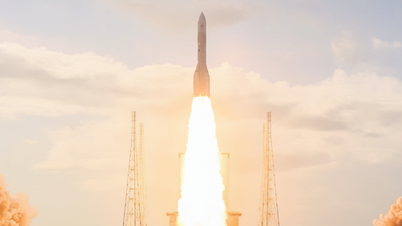

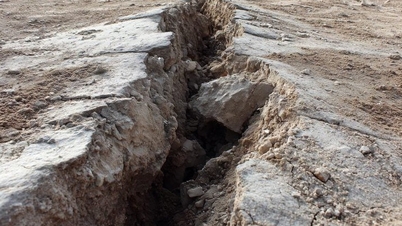




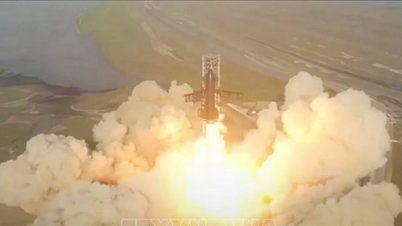






















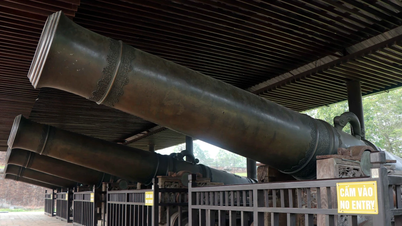
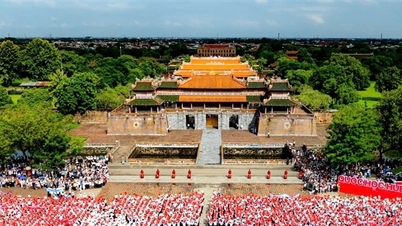










































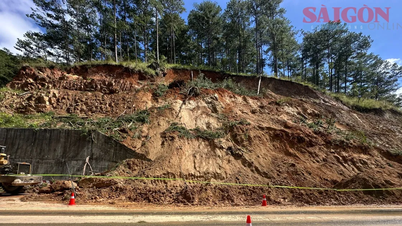



























Comment (0)